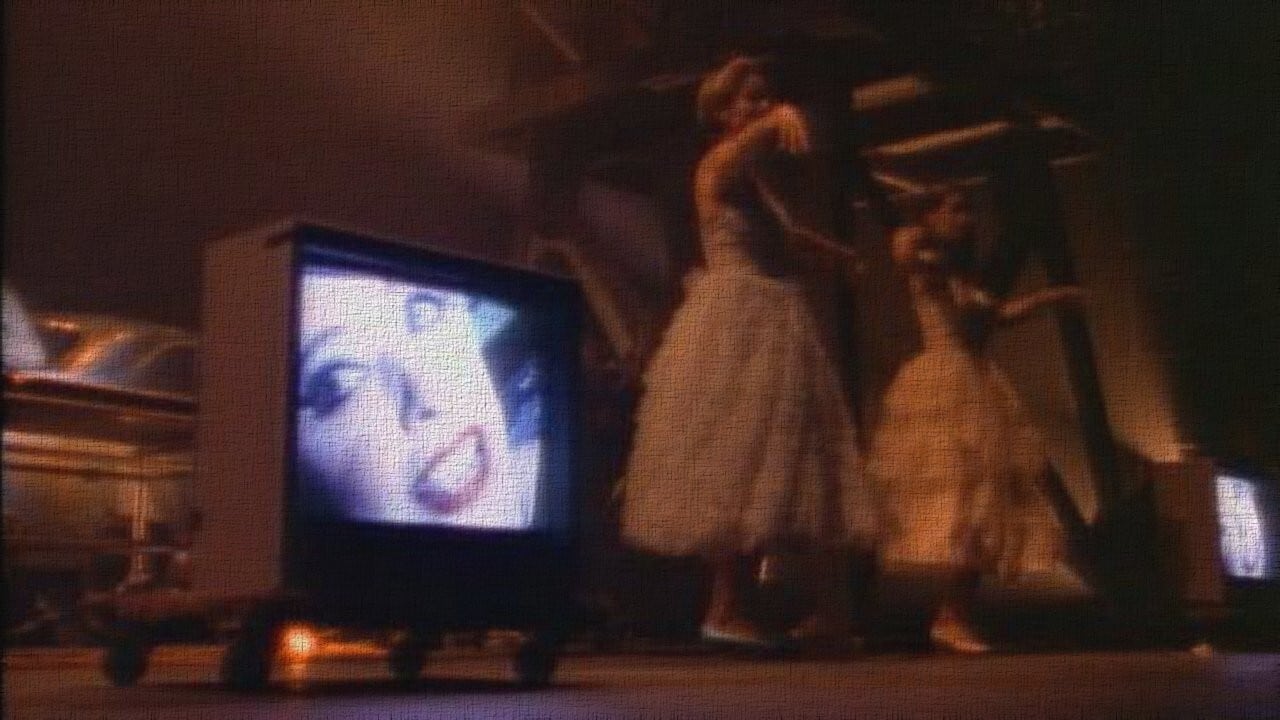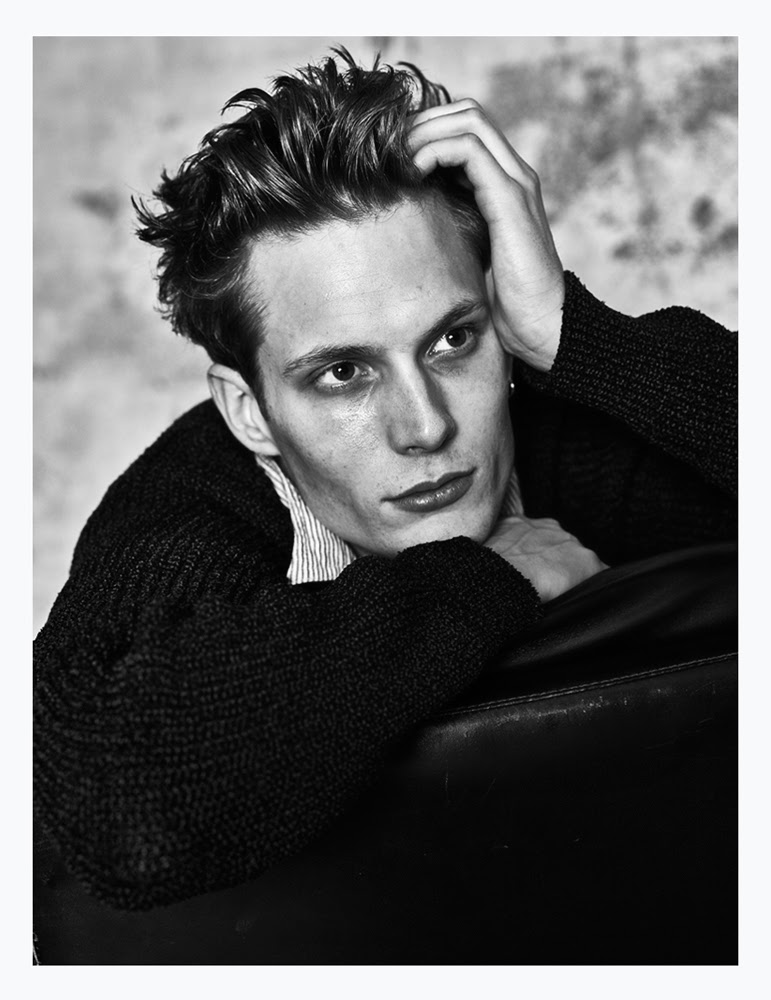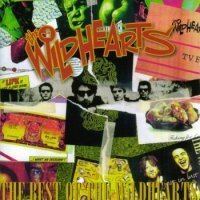

There’s no one particular sound to alternative, which is why any attempt to whittle the genre down to just 100 songs is almost a Sisyphean endeavor. Suddenly, A&R executives and MTV kids alike were eager to find the next Nirvana or Alanis Morissette, the next songwriter to pen an anthem that would define a generation. These subgenres, and their stylistic origins, existed on the fringes until, paradoxically, alternative rock went mainstream.

For one, “alternative” resists easy definition: It’s less of a genre unto itself, such as jazz or blues, and more of a descriptor, an umbrella term that encompasses various strains of guitar-driven music, including grunge, indie rock, shoegazing, and emo, to name a few.

What makes music “alternative”? It’s been three decades since the advent of alternative rock, and it’s still a tricky question to answer.


 0 kommentar(er)
0 kommentar(er)
